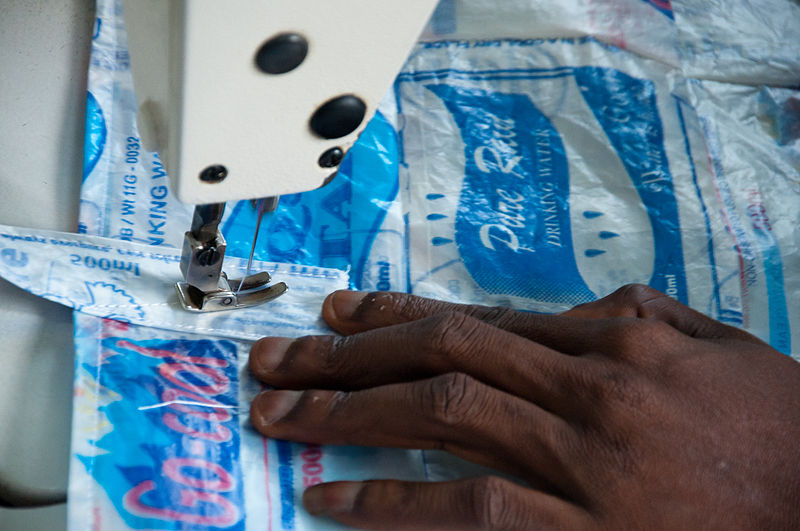Understanding Social Enterprise
The social enterprise model has gained media attention, spreading across Europe and worldwide as an innovative alternative to traditional corporate governance. This new business structure is still in its formative stages, raising questions about how social enterprise will affect the existing economy. Examining what social enterprise is, where it fits within the traditional sectors, and how it has grown in the past several decades can offer valuable insight into the phenomenon.
A widely accepted and concise definition of the social business model has yet to be agreed upon by academia or the international economic community. Instead, many have tried to understand social enterprise by how it contrasts to already existing categories. Through this comparison, some academics have labeled it the third sector of the economy, because of the model’s deviance from the standard public and private sectors.
So how does the third sector compare to the previous two? Some of the features may seem familiar: social enterprises generate income by selling goods and services like most private businesses; social enterprises also have a core mission to impact the local community, region or globe in a meaningful way, similar to the traditional non-profit design. In some ways, social enterprise could be considered a union of two already existing ideas, with social/environmental improvement at the core of its foundation and revenue playing a supporting role.
Unlike charities, social enterprises can take on a variety of legal forms, and as a result, do not fall under the jurisdiction of a single regulatory body. For example, in the UK, social enterprises can be Community Interest Companies (regulated by the Community Interest Company Regulator), Industrial and Provident Societies (currently regulated by the FSA), as well as charitable organizations. Additionally, some public sector organizations choose to change their status and become social enterprises.
While there are many options as to what legal status a business can take, all social enterprises must adopt a set of guiding principles. In order to be considered a social enterprise, the organization must include a clear social and/or environmental mission in its governing documents and reinvest a majority of its profits to further this social mission. Social enterprises are financially self-sustainable in the long run, but as with any new business, may require start-up funding.
Some of the common goals of social enterprise include – but are not limited to – fair trade practices, medical access, youth outreach, environmental impact and women’s rights. One example is The Elvis and Kresse Organization, which takes industrial waste materials and turns them into luggage, donating 50 percent of its profits to the Fire Fighters Charity. Other examples include Divine Chocolate, a fair trade chocolate company co-owned by the cocoa farmers cooperative KuapaKokoo in Ghana and Women Like Us, which connects women with flexible employment.
Efforts like these have flourished since the mid 1990s in locations such as the United Kingdom, which estimates the total number of social enterprises at 68,000. Other countries in the EU, like Slovania, are struggling to generate social enterprise efforts as quickly, but are benefiting from the assistance of the European Social Fund. In Asia, social enterprise face different challenges, but have grown impressively with 116,000 entities in Thailand alone.
Despite the increasing popularity of the social enterprise model, some regions struggle to promote sector growth. Success can in part be accredited to legislative support, such as the Public Services (Social Value) Act within the UK. Other important factors include financing, which can be difficult for some regions lacking access to grants, debt finance, equity finance or community finance. In addition to establishing clear criteria within the sector, support systems and informational seminars could help increase those countries that are lagging behind.
By Anna Steinbrecher and Annie Brown for Microfinance Focus





